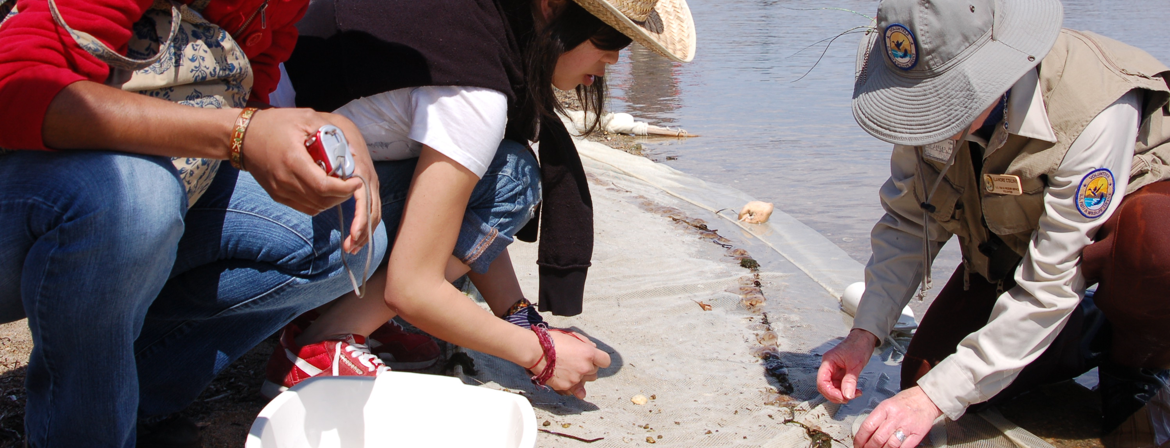Psychological or Attitudinal Factors which Influence the Introduction of Energy Conservation Technologies
Parthasarathy, R. (1989). Psychological or attitudinal factors which influence the introduction of energy conservation technologies. Abhigyan, fall, 36-47.
Assessing Communication Effects on Energy Conservation
Craig, C. S. & McCann, J. M. (1978). Assessing communication effects on energy conservation. Journal of Consumer Research, 5, 82-88.
Energy Conservation Behavior: The Difficult Path from Information to Action
Costanzo, M., Archer, D., Aronson, E., & Pettigrew, T. (1986). Energy conservation behavior: The difficult path from information to action. American Psychologist, 41, 5, 521-528.
Behavioral Interventions in Resource Conservation: A System Approach Based on Behavioral Economics
Winkler, R. C., & Winett, R. A. (1982). Behavioral interventions in resource conservation: A system approach based on behavioral economics. American Psychologist, 37, 4, 421-435.
Tin Recycling: Awareness, Comprehension, Attitude, Intention and Behavior
Kok, G., & Siero, S. (1985). Tin recycling: Awareness, comprehension, attitude, intention and behavior. Journal of Economic Psychology, 6, 2, 157-173.
Communicating about Environmental Risks: How the Public Uses and Perceives Information Sources
McCallum, D.B., Hammond, S. L. & Covello, V. T. (1991). Communicating about environmental risks: How the public uses and perceives information sources. Health Education Quarterly, 18, 3, 349-361.
Increasing Desired Waste Disposals with Instructions
Geller, E. S. (1975). Increasing desired waste disposals with instructions. Man Environment Systems, 5, 2, 125-128.
Social Norms and Expectancy Violation Theories: Assessing the Effectiveness of Health Communication Campaigns
Campo, S., Cameron, K., Brossard, D., & Frazer, M. (2004). Social Norms and Expectancy Violation Theories: Assessing the Effectiveness of Health Communication Campaigns. Communication Monographs, 71(4), 448-470. doi:10.1080/0363452042000307498.



